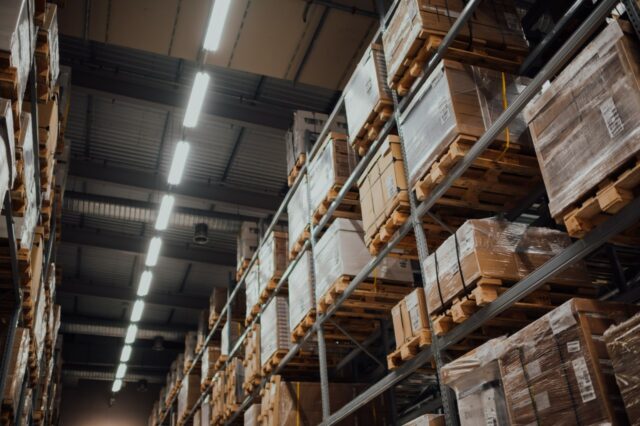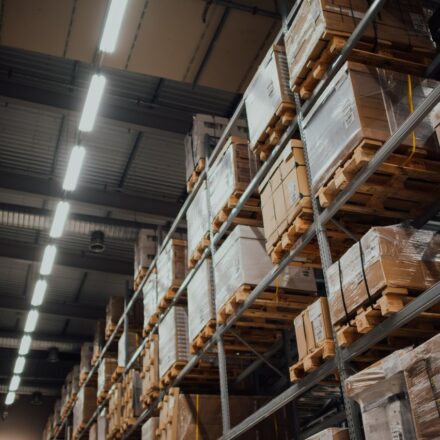In Germany, a robot plucks a glass beaker from an engineer’s hand. In the U.S., a microfactory assembles delicate electronics for an automotive supplier. Both are examples of flexible automation helping manufacturers reduce reliance on stretched supply chains and bring factories home.
Conventional manufacturing automation relies on heavy machinery that’s time-consuming and expensive to install, program and reconfigure. These shortfalls were highlighted in the supply chain crisis sparked by the pandemic and manufacturers’ struggle to adapt.
But robotics pioneers have long been working toward a future of affordable and flexible manufacturing cells better able to handle shifts in demand and other challenges. Now, they’re getting new attention from manufacturers forced to change how they run their assembly lines.
As an indicator, Berlin-based Micropsi Industries announced in February that it had raised $30 million in new financing for robot control software that learns from demonstration rather than programming. Ronnie Vuine, Micropsi’s chief executive officer—and the engineer in the example above—says robots running his company’s artificial intelligence (AI) software adapt in real time to changing conditions. “It’s vision-driven,” he says. “It makes the movement in a continuous fashion and then corrects.”
No-code programming isn’t new for robotics. But Micropsi software incorporates a new feature. It lets a robot adjust to changing conditions in real time. Like lane-keeping steering assistance on newer cars, Micropsi-powered robots can track movement to stay on course. For example, it can add a part to a product even if the product is in motion on an assembly line. “Smooth movement generation that can deal with the world looking different continuously—so you can even move the object while you’re approaching—that is something that hasn’t been done before,” Vuine says.
Building products, building resiliency
Such technologies are needed to build resiliency into stressed supply chains while bringing manufacturing closer to consumers, according to Harry Moser, founder and president of the U.S.-based Reshoring Initiative. One reason: an acute labor shortage that isn’t like to ease any time soon. “Companies come over, they build a factory, and it takes them six months, a year, two years to find the people they need,” Moser says. “So we definitely have shortages. Every country does now.”
Automation, Moser says, allows factories to boost productivity and run more hours per day. “You increase your capacity per hour,” he says. “But you also make it possible to have the factory running at night when the worker isn’t there,” he says. “When labor is short, it’s hard to get workers to work on the second shift or the third shift.”
Adam Montoya, vice president of Industrial Solutions at Bright Machines—the company behind the automotive microfactory mentioned above—says smarter automation helps by improving flexibility. Instead of building assembling lines from scratch for each new product or redesign, managers can now bring in general-purpose robots and put them to work much more quickly.
Vuine says such robots can also take over work previously out of reach of automation, further helping to ease the labor shortage. He says much of this work is dull and repetitive, which contributes to the challenge of retention. He cites a “fridge-sniffing” task Micropsi automated for Bosch: As part of the quality control process, a pen-size detector “sniffs” for coolant leaks at key weld points.
This task, however, was hard to automate because the welds aren’t always in the same place. It requires either a human or an adaptable robot to look for the welds and guide the detector appropriately. “Micropsi helped us to automate several such manual subtasks,” says Dipjyoti Deb, venture partner at BSH Startup Kitchen, Bosch’s innovation arm.
Montoya says automation also plays a critical role in bringing production closer to consumers. “Getting closer to the point of consumption solves a lot of supply chain struggles,” he explains. Cheaper, smarter automation—driven by advances in machine vision, low-cost hardware and greater standardization—will help. For example, Montoya’s company’s modular production cells let manufacturers standardize processes across multiple locations rather than having to reinvent the wheel with purpose-built assembly lines at each location.
Facing down production challenges
Vuine says challenges remain for realizing the dream of machines taking over work that managers have trouble filling. Among them: connecting discreet cells in a factory to form a cohesive whole.
“If you replace a single workstation with a robot, how does the robot know when there’s new material?” he asks. “This is easy for a human. They’re just, ‘Okay, now that there’s a new piece, I’m going to handle it.’ The robot needs to be told that that’s the case.” He says continued advances in machine vision will make it easier for robots to look up from their workspaces to see the next piece they need to pick up.
Ultimately, Vuine says, factory automation will do more than simply fix broken supply chains; it should also improve life in the localities deploying it. “Political power and wealth move to where raw materials are turned into value-added products.”
Lead photo by Chuttersnap/Unsplash

